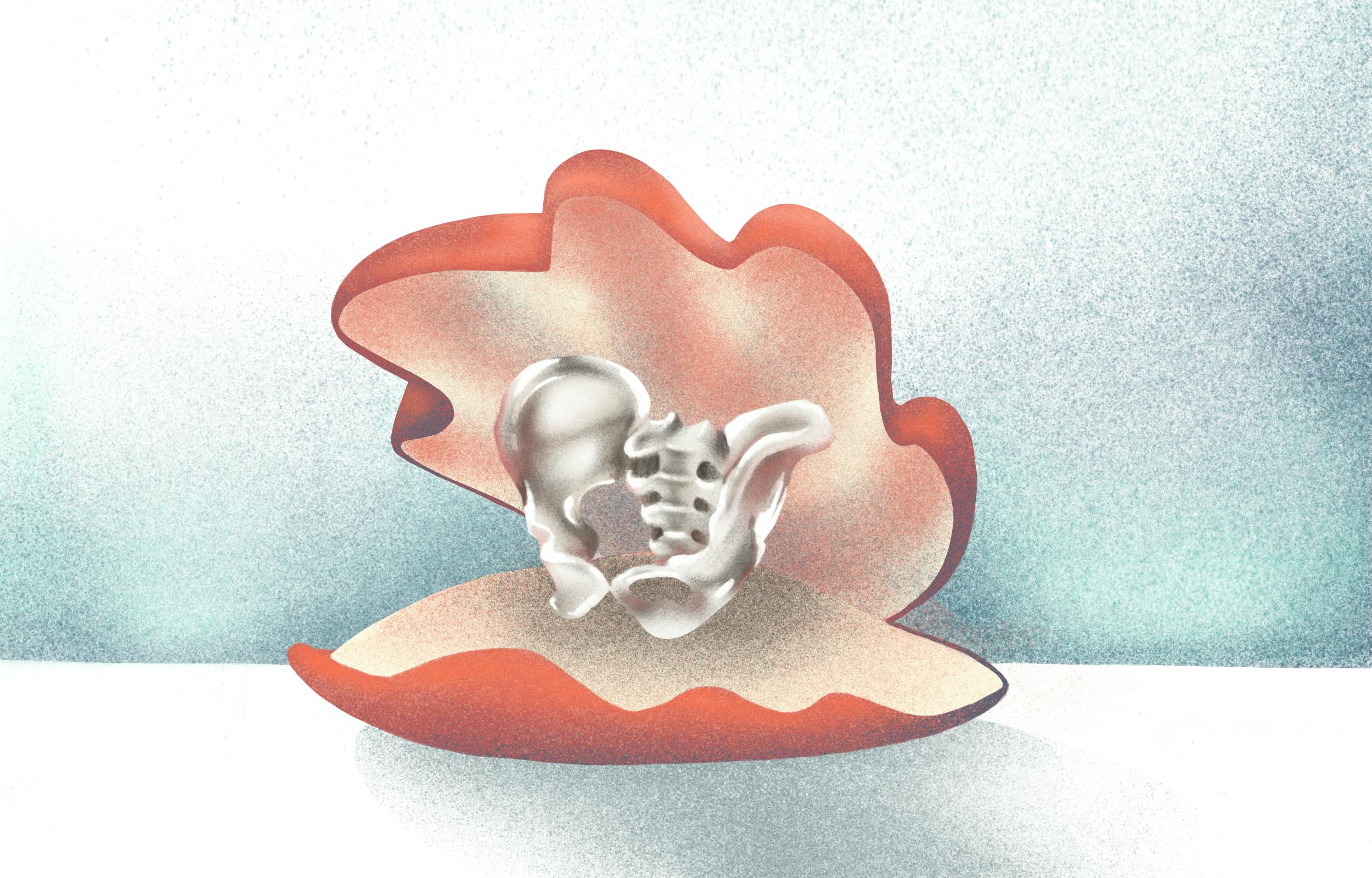A sustainable update for orthopedic surgery: Mother of pearl
Nacre, also known as mother of pearl, is a waste byproduct of the pearling industry. It’s also a new synthetic bone substitute.
Researchers from the University of Western Australia and biotech startup Marine Biomedical developed the material, called PearlBone.
But why would we want to replace synthetic bone with mother of pearl?
Marine Biomedical wants to harness the natural regenerative power of marine organisms.
Wondering how? Let’s dive in.

The challenges of bone grafting
A few weeks ago, we discussed a tuberculosis outbreak tied to bone grafts. As you can see, bone grafting is a high-stakes matter.
Traditional tissue grafts—especially when coming from a patient’s own body—have historically been seen as the most successful. However, the risk of disease transfer is one reason behind the growing popularity of synthetic bone in orthopedic surgery.
Preclinical trials suggest PearlBone, which is a natural source of calcium carbonate, can be a safe natural substitute for synthetic bone, even potentially lowering the risk of adverse reactions tied to other calcium carbonate bone substitutes.
“Our work through pre-clinical trials has proven that PearlBone substantially supports the process of new bone formation, compared to other synthetic bone substitutes in the market,” PearlBone inventor and Marine Biomedical co-founder Professor Minghao Zheng said. “The results to date are very encouraging—through PearlBone, there is a revolutionary opportunity to utilize the process of marine biomineralization in lieu of traditional devices in orthopedic, trauma, and reconstructive surgical applications.”
The company plans to submit PearlBone to both the Australian Therapeutic Goods Administration and the U.S. FDA.
The history of pearls in medicine
While mother of pearl is a new player on the bone substitute stage, this isn’t the first time we’ve seen pearls in the medical field.
Pearl powder—created from nacre—has been used in traditional Chinese medicine for over a thousand years. Pearl powder in makeup has been traced back to the Northern Song Dynasty.
Industrial pearl farming originated in East Asia—specifically Japan—in the late 1800s.
While perfectly round pearls, like those you might expect to see on necklaces and earrings, can be expensive, pearl powder remains relatively inexpensive due to the large-scale industrial culturing of pearls now taking place around the world.
Researchers are exploring the use of pearl powder in biomedical applications more and more. PearlBone is an excellent example, but other ventures include applications in skin healing, anti-aging, and as scaffolds for tissue engineering.
Today, pearl powder continues to be used in cosmetics and as a nutritional supplement. However, the study of these applications is challenging given that commercially available pearl powder is primarily offered in unregulated markets. Its commercially available forms are often inconsistent and even adulterated with other powders.
A win for medtech sustainability
Using nacre for this medical purpose gives new life to a waste byproduct.
Marine Biomedical intends to produce PearlBone in their Western Australia facility, using only locally sourced pearl shells from the Kimberley region. This local work has allowed the company to benefit from the Western Australia State Government’s Regional Economic Development Grants program.
“What was established with the research undertaken for PearlBone is groundbreaking, and the full range of potential applications for marine resources in the medical industry provides a solid pipeline of products and opportunities for the future,” said marine biologist and Marine Biomedical Chief Executive Patrick Moase. “Through our headquarters in Broome, Marine Biomedical will be embedding a new local culture of innovation and adding value to the historically significant pearling industry.”
In the 20th century, local Broome divers produced 80 percent of the world’s mother of pearl, which we often encounter in buttons and jewelry. Marine Biomedical now gets to give this byproduct a new medical purpose.
In our newsletter, we’ve sought to highlight how our industry must prioritize sustainability. We think Marine Biomedical sets a wonderful example for local community-based, forward-thinking, waste-reducing innovation.